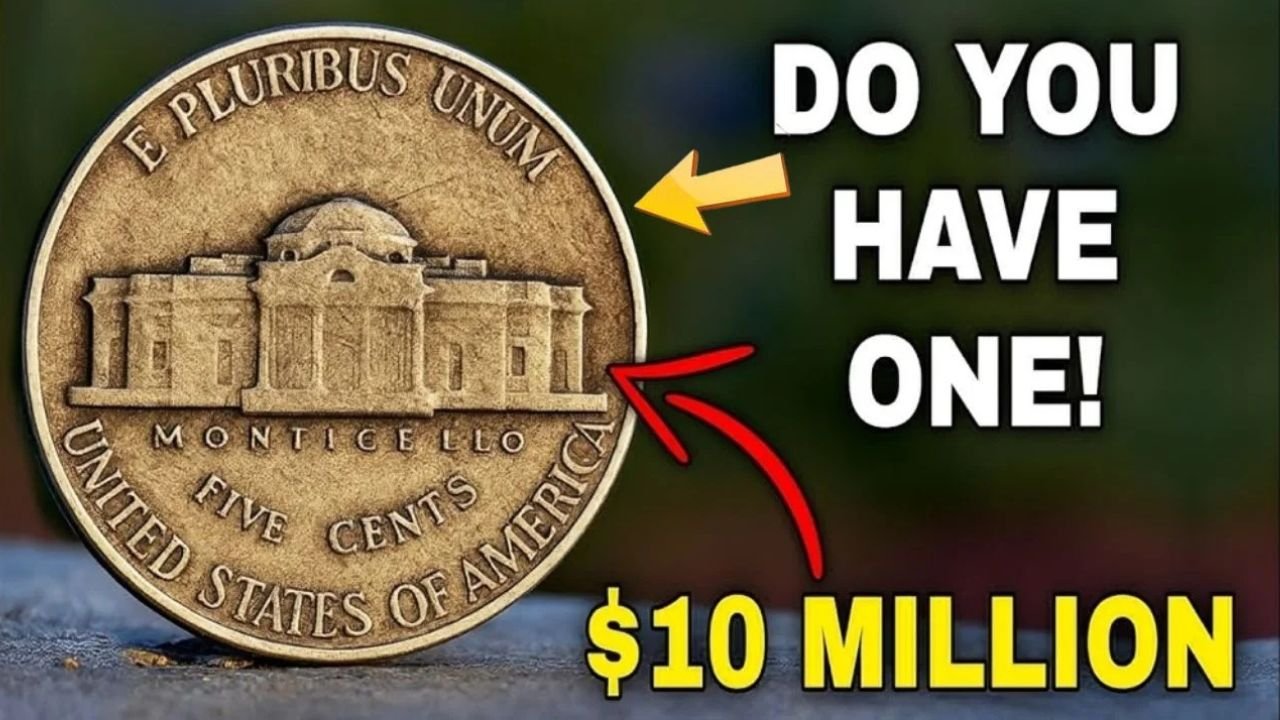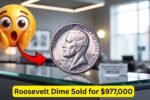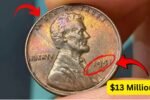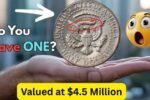How a War-Era Jefferson Nickel Became One of America’s Most Valuable Coins: At first glance, the Jefferson Nickel doesn’t seem special. It looks like any other five-cent coin with Thomas Jefferson’s face on it. But there’s one version from the World War II era that has caught the attention of collectors and historians. What makes this coin so valuable is not just its design or age, but the story behind how and why it was made.
Why the War Changed the Way Coins Were Made
During World War II, the U.S. faced a shortage of many materials, including nickel, which was needed to build weapons and military equipment. So, between 1942 and 1945, the U.S. Mint made a big decision: to change the metal used in the nickel. Instead of using the usual 75% copper and 25% nickel mix, the Mint created a new formula using silver, copper, and manganese. This gave the coin a slightly different look and feel, and also made it stand out among other nickels.
Spotting the Special “War Nickels”
To help people recognize the new wartime nickels, the Mint added a clear marker: a large mint mark above the dome of Monticello on the back of the coin. This was the first time a mint mark ever appeared in that spot. The letters “P” for Philadelphia, “D” for Denver, and “S” for San Francisco were used. Today, these marks help collectors quickly spot the valuable wartime versions.
The 1943-P Jefferson Nickel: A Hidden Treasure
Among all the war nickels, one stands out as especially rare and valuable — the 1943-P Jefferson Nickel. While many were made, only a few survived in perfect condition. One of these coins, graded in superb condition, once sold for tens of thousands of dollars at an auction. Its shine, sharp details, and lack of damage made it a dream find for collectors.
Why Collectors Love War Nickels
Coin collectors, also known as numismatists, are drawn to war nickels for several reasons. First, they represent a unique moment in American history when even small things like coins were changed for the war effort. Second, because they contain silver, they are worth more than their face value in metal alone. Lastly, certain years and mint marks are much harder to find in perfect condition, which increases their value.
The Role of Condition and Rarity
Not all war nickels are worth a fortune. What makes one especially valuable is its condition — meaning how well it has been preserved over time. Coins that have no scratches, strong details, and still shine brightly are called “mint state” and can be worth a lot more. Rarity also plays a big role. If only a few coins from a certain year or mint are known to still exist in top condition, their value can skyrocket.
A Coin That Tells a Bigger Story
More than just money, the Jefferson War Nickel tells a story of a nation at war. It shows how every part of American life — even pocket change — was influenced by global conflict. That’s what makes this coin not only valuable in dollars, but also priceless in terms of history.
Table: Jefferson War Nickels (1942–1945)
| Year | Mint Mark | Metal Composition | Notable Features |
|---|---|---|---|
| 1942 | P, D, S | 35% silver, 56% copper | Silver composition begins mid-year |
| 1943 | P, D, S | 35% silver, 56% copper | 1943-P is highly valuable in mint state |
| 1944 | P, D, S | 35% silver, 56% copper | Large mint marks above Monticello |
| 1945 | P, D, S | 35% silver, 56% copper | Last year of silver war nickels |
Quick FAQ: All About the Jefferson War Nickel
What makes a Jefferson War Nickel special?
It was made from silver, not regular nickel, during World War II due to metal shortages.
How can I tell if I have one?
Look for a large mint mark (P, D, or S) above Monticello on the back of the coin.
Are they still in circulation?
Some may still turn up in pocket change, but most have been pulled out by collectors.
Which year is the most valuable?
The 1943-P version in top condition is one of the most sought-after.
Can I sell mine?
Yes, but value depends on the coin’s condition, year, and mint mark.




